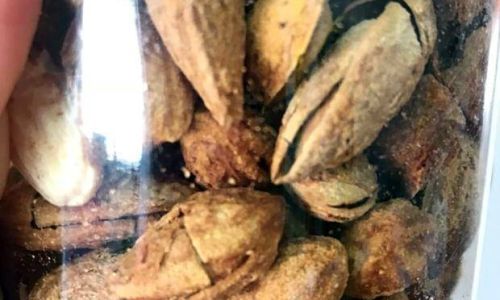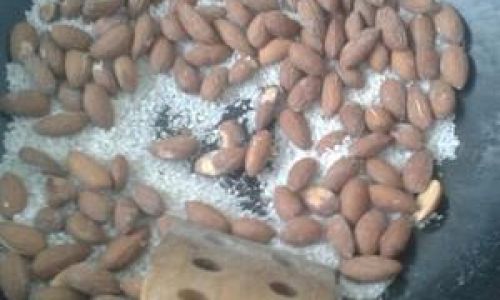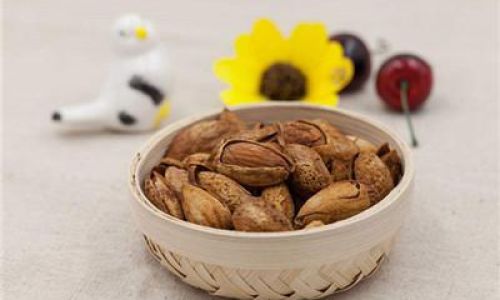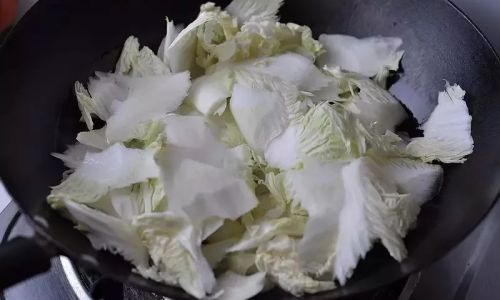Introduction
Almonds, scientifically known as Prunus dulcis, are a type of tree nut that has been cherished for centuries for their nutritious value and delightful taste. Native to the Mediterranean climate regions, almonds are now cultivated worldwide, with significant production in countries like the United States, Spain, and Iran. These nuts are not only a popular snack but also a key ingredient in various culinary preparations, from baked goods to desserts and even savory dishes. Given their high nutritional content, including healthy fats, proteins, vitamins, and minerals, preserving almonds correctly is crucial to retain their freshness, flavor, and nutritional benefits.
This comprehensive guide aims to provide detailed insights into the various methods of preserving almonds, ensuring they remain in optimal condition for as long as possible. From understanding the basic principles of food preservation to exploring specific techniques tailored for almonds, this article will equip you with the knowledge necessary to keep your almonds fresh and delicious.
Understanding the Basics of Food Preservation
Before diving into the specifics of preserving almonds, it’s essential to grasp the fundamental principles of food preservation. Food spoilage is primarily caused by microbial growth, enzymatic activity, and chemical reactions. To extend the shelf life of almonds, it’s crucial to address these factors effectively.
-
Microbial Growth: Almonds, being a dry food, have a low moisture content, which inherently inhibits microbial growth. However, improper handling or storage conditions can introduce moisture and contaminants, leading to mold or bacterial growth.

-
Enzymatic Activity: Enzymes present in almonds can cause deterioration over time, especially if the nuts are exposed to oxygen. This can lead to rancidity, characterized by an unpleasant odor and flavor.
-
Chemical Reactions: Oxidation is a common chemical reaction that affects nuts, causing them to lose their color, flavor, and nutritional value. Light, heat, and oxygen are major catalysts of this process.
Choosing the Right Almonds for Preservation
The first step in preserving almonds is selecting high-quality nuts. Here are some tips for choosing the best almonds:
- Appearance: Look for almonds that have a uniform color and shape, with no signs of discoloration, cracks, or mold.
- Smell: Fresh almonds should have a mild, nutty aroma. Avoid nuts that have an off-putting odor.
- Feel: Fresh almonds should feel dry and slightly oily to the touch. Wet or sticky almonds indicate poor quality or improper storage.
- Source: Purchase almonds from reputable suppliers who prioritize quality and freshness.
Storage Conditions for Almonds
Proper storage conditions are paramount to preserving almonds. Here are the key factors to consider:

-
Temperature: Almonds should be stored in a cool, dry place. Ideally, the temperature should be between 55°F and 68°F (13°C and 20°C). Avoid storing almonds in warm or humid environments, as this can accelerate spoilage.
-
Humidity: High humidity can cause almonds to absorb moisture, leading to mold growth and reduced shelf life. Keep almonds in an area with low humidity, ideally below 60%.
-
Light: Exposure to direct sunlight can degrade the fats in almonds, causing them to become rancid. Store almonds in opaque containers to protect them from light.
-
Oxygen: Oxygen is a major contributor to oxidation, which can degrade the quality of almonds over time. Consider using airtight containers or vacuum sealing to minimize oxygen exposure.

Preservation Techniques for Almonds
Several techniques can be employed to preserve almonds, each with its own set of advantages and considerations. Here are some of the most effective methods:
- Refrigeration
Refrigeration is a popular method for preserving almonds, especially in warm climates or during hot seasons. By storing almonds in the refrigerator, you can slow down the rate of oxidation and microbial growth.
- Steps: Place almonds in an airtight container or a resealable plastic bag. Remove as much air as possible before sealing. Label the container with the date and store it in the refrigerator.
- Considerations: Almonds may absorb odors from other foods in the refrigerator, so ensure they are well-sealed. Additionally, refrigerated almonds may become slightly softer upon thawing, but their quality and nutritional value remain intact.
- Freezing
For longer-term preservation, freezing almonds is an excellent option. Freezing temperatures effectively halt enzymatic activity and microbial growth, extending the shelf life of almonds significantly.
- Steps: Prepare almonds by removing any shells or debris. Place them in a freezer-safe container or heavy-duty freezer bag. Remove as much air as possible before sealing. Label the container with the date and store it in the freezer.
- Considerations: Frozen almonds should be used within a year for optimal quality. When ready to use, thaw almonds in the refrigerator overnight or at room temperature for a few hours. Avoid thawing almonds on the countertop, as this can cause condensation, which can promote mold growth.
- Vacuum Sealing
Vacuum sealing is a highly effective method for preserving almonds, as it removes oxygen, one of the primary catalysts of spoilage.

- Steps: Use a vacuum sealer to remove air from a plastic bag or container containing almonds. Seal the bag or container tightly. Label it with the date and store it in a cool, dry place, such as a pantry or cupboard.
- Considerations: Vacuum-sealed almonds can last for several months to a year, depending on storage conditions. Ensure the vacuum sealer is properly maintained to avoid leaks that can introduce oxygen.
- Dehydration
Dehydrating almonds further reduces their moisture content, making them less susceptible to microbial growth and oxidation.
- Steps: Preheat a food dehydrator to the manufacturer’s recommended temperature for nuts, typically around 115°F (46°C). Spread almonds in a single layer on the dehydrator trays. Dehydrate for several hours to a day, depending on the desired dryness. Store dried almonds in an airtight container in a cool, dry place.
- Considerations: Dehydrated almonds have a longer shelf life but may have a slightly different texture and flavor compared to fresh almonds. Monitor the dehydration process closely to avoid over-drying, which can make almonds brittle.
- Canning
While less common for almonds, canning can be an effective preservation method, especially for larger quantities.
- Steps: Sterilize canning jars and lids. Pack almonds into the jars, leaving headspace as recommended by canning guidelines. Fill the jars with boiling water, leaving the required headspace. Wipe the jar rims clean, apply lids, and process in a boiling water canner for the appropriate time based on jar size.
- Considerations: Canned almonds should be stored in a cool, dark place. Once opened, they should be transferred to an airtight container and refrigerated or frozen for long-term storage.
Monitoring and Maintaining Freshness
Regularly check your stored almonds for signs of spoilage. If you notice any discoloration, mold, off odors, or a change in texture, discard the almonds immediately. Additionally, rotate your stock, using older almonds first to ensure freshness.
Conclusion
Preserving almonds correctly is essential to maintain their nutritional value, flavor, and texture. By understanding the principles of food preservation and employing effective techniques such as refrigeration, freezing, vacuum sealing, dehydration, and canning, you can extend the shelf life of your almonds and enjoy their benefits for longer. Remember to store almonds in optimal conditions, monitor them regularly, and use older batches first to ensure freshness. With these tips, you can confidently store and enjoy almonds throughout the year.







0 comments